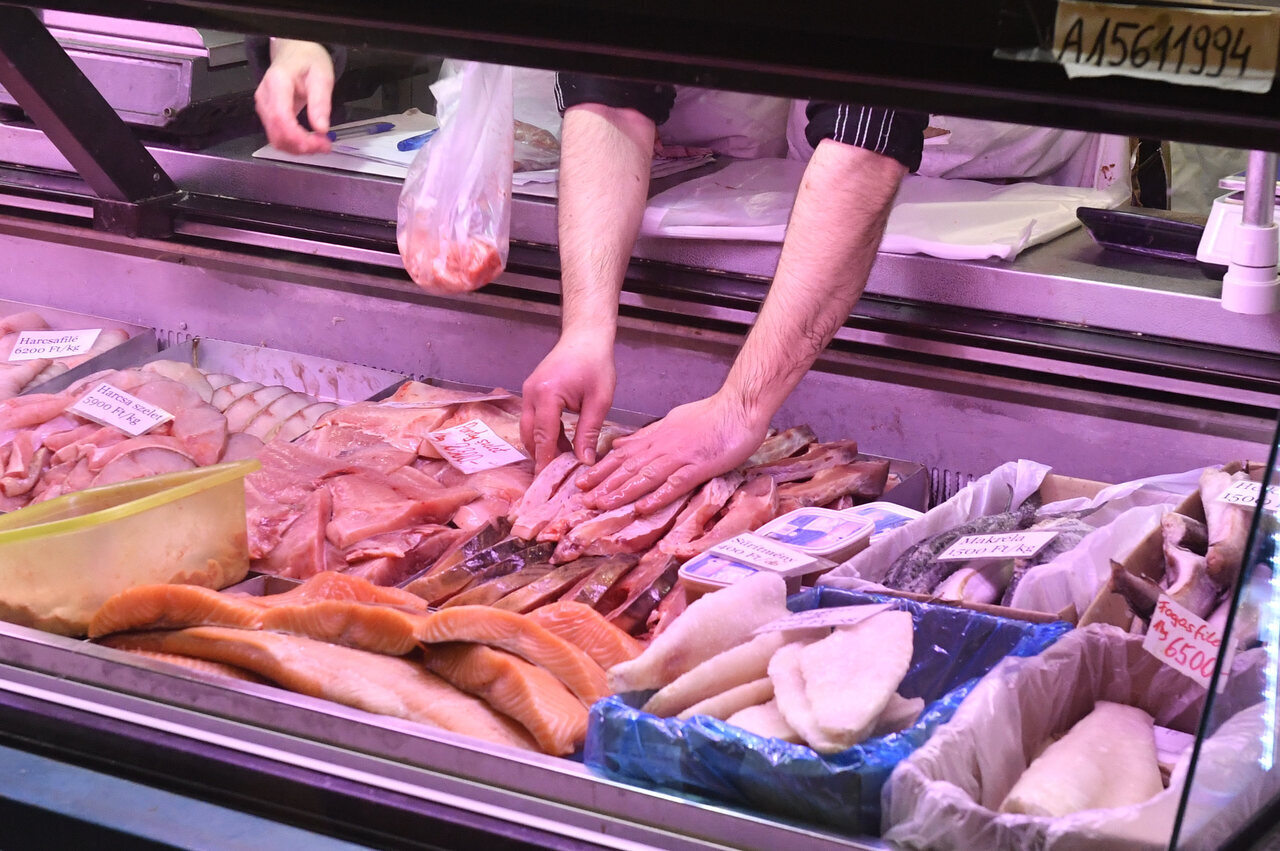Hungarian households are in the most difficult situation in the EU
As seen plentifully in poor countries, food accounts for a large share of Hungarian household spending, and the slice has become even more significant in recent years. The consumption of Hungarian households is the second-lowest in the EU.
In seven EU Member States, the weight of food and non-alcoholic beverages in total household expenditure increased between 2009 and 2019, Eurostat reports. Hungary reached the podium, with a 0.5 percentage point increase in the slice of food expenditure in the household expenditure cake. In the Czech Republic, this slice gained 1.3 percentage points, and in Slovakia, it gained 1.1 percentage points, writes hvg.hu.
In EU comparison, Hungarian households spend a lot on food- I mean, most of their expenses, 17.3 per cent, are paid on food. The EU average is only 13 per cent, and in the leading Ireland, only 8.6 per cent of the population spending has gone to this end.
The weight of food spending is not primarily affected by how much food is consumed in a given country, nor even by how expensive food is there (although of course, these factors are also important).
Because you have to spend on food everywhere; the more impoverished a country is (and its households are), the more food is spent on food.
And conversely, the more prosperous a country (and its households), the smaller its share of basic necessities such as food and housing, and the greater the slice of things that are considered a luxury, such as entertainment and culture. Accordingly, the expenditure structure of Hungarian households is typical of the poorer Member States; it does not stand out among the regional competitors (Slovakia, the Czech Republic, Poland). Romania and Bulgaria, as even more impoverished countries, are again on a different page.
The expenditure structure of Hungarian households has hardly changed in recent years. The weight of food has increased slightly, and the decrease in the importance of housing-related expenses can be highlighted. The latter is explained by the fact that this includes household energy price, which has hardly changed since the overhead cuts.
The ratios have not changed. That much does not mean that the forint-denominated expenditures of Hungarian households have not increased. Of course, not surprisingly, average wages have risen significantly in recent years. And prices have also risen.
For example, the average Hungarian foodstuff spent was HUF 421 thousand (€ 1100) in 2019, while in 2010, only HUF 244 thousand (€670).
This amount is per capita, including all Hungarians from infant to retiree. HUF 479 thousand (€1310) per person was spent on housing maintenance. For prostitution and other services not classified elsewhere, HUF 30 thousand (€82) per person (including 20 thousand forints for prostitution, based on households’ own declarations).
Returning to the differences among EU countries, although food represents a large part of the expenditure of Hungarian (and regional) households,
in total, however, only Bulgaria had lower food-related spending per capita than Hungary: € 1290.
At the end of the list are the following countries: Poland, Czech Republic, Slovakia. In Luxembourg, meanwhile, nearly € 3000 per person was spent on food. The comparison is, of course, somewhat false, with significant differences in price levels, wage levels and in the case of non-euro countries, exchange rates. However, the situation is not so good in terms of purchasing power parity, which eliminates all these differences.
In Hungary, per capita consumption in 2018, reached 67% of the EU average, compared to 66% in the previous year. The improvement was due to the combined effect of the 8.7 per cent increase in actual per capita consumption at current prices, the declining population and the (in international comparison) decline in the forint’s purchasing power, the Hungarian statistical office, KSH, reported in mid-December.
“In the ranking of the EU member states, the per capita consumption of Hungarian households was the 25th largest,” – says the KSH, which means that
only two countries had lower consumption.
The standard of living of households is obviously not unrelated to their consumption, meaning that only two EU countries live worse: Bulgaria and Slovakia. Otherwise, government sector consumption is far from the last in the union, so the Hungarian state lives better than the Hungarian households.
- Hungary might be the worst place to be a pensioner – Statistics
- Romania left behind Hungary in labour productivity- EU statistics
Source: hvg.hu
please make a donation here
Hot news
What happened today in Hungary – 26 July, 2024
Drama: number of births in a 20-year low in Hungary
Yay or nay? – 6 odd Hungarian delicacies that make our skin crawl
Budapest tourism “exploded” this past weekend
Container transport in Budapest may stop: How will this affect Hungarian economy?
Minister: Hungary will protect its territory by every means possible





3 Comments
Can’t afford food but can afford televisions the size of a cinema screen. Interesting.
Modern generation ADDICTION – my term of phase Anonymous .
Got to outdo – go one better – at all cost.
On the television which is true in some cases, it’s a one time purchase. It’s their only luxury. Proper nutrition is a real problem amongst the poor!